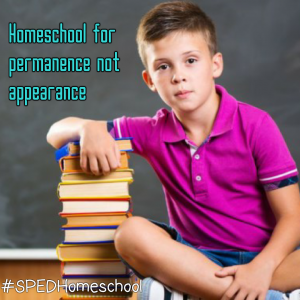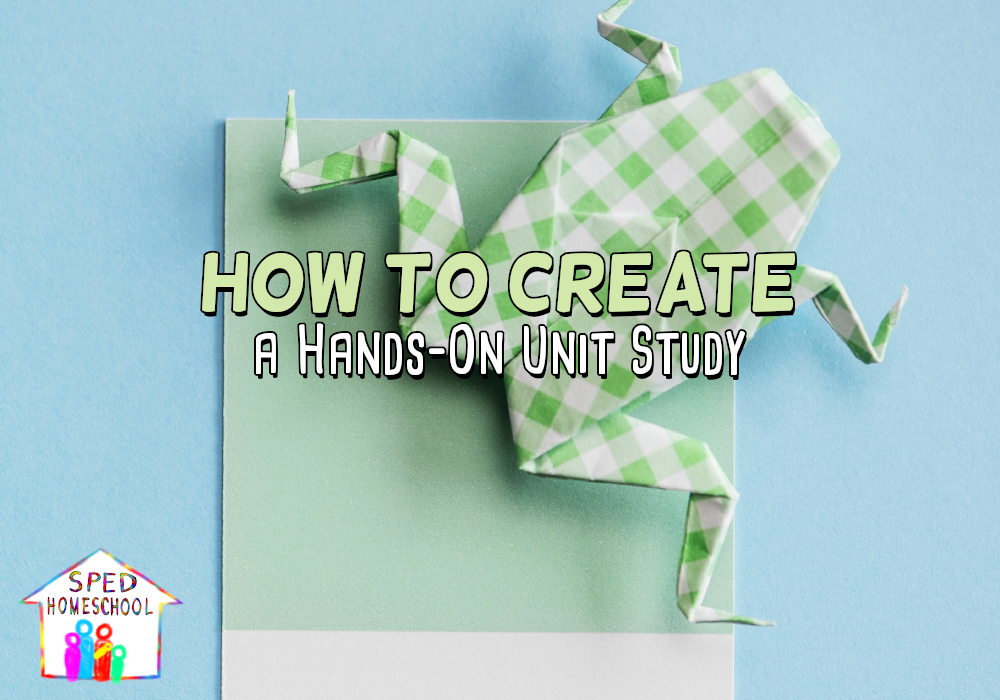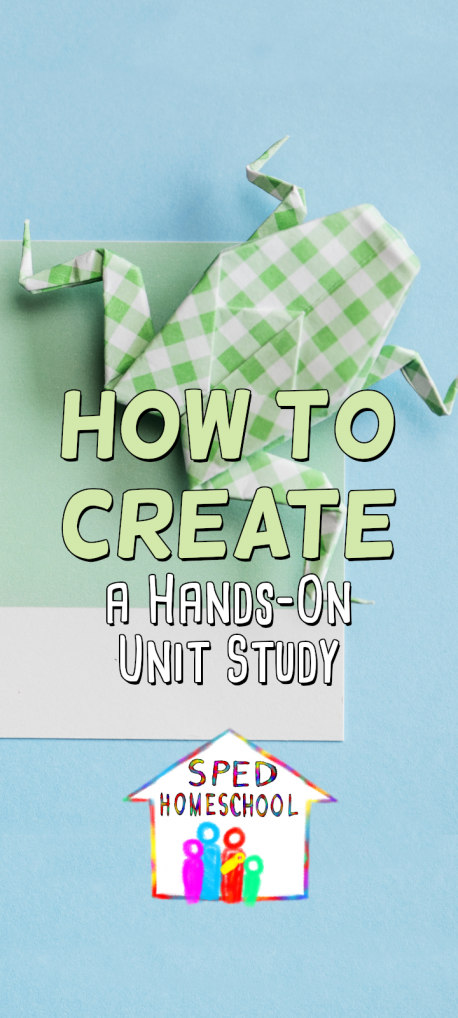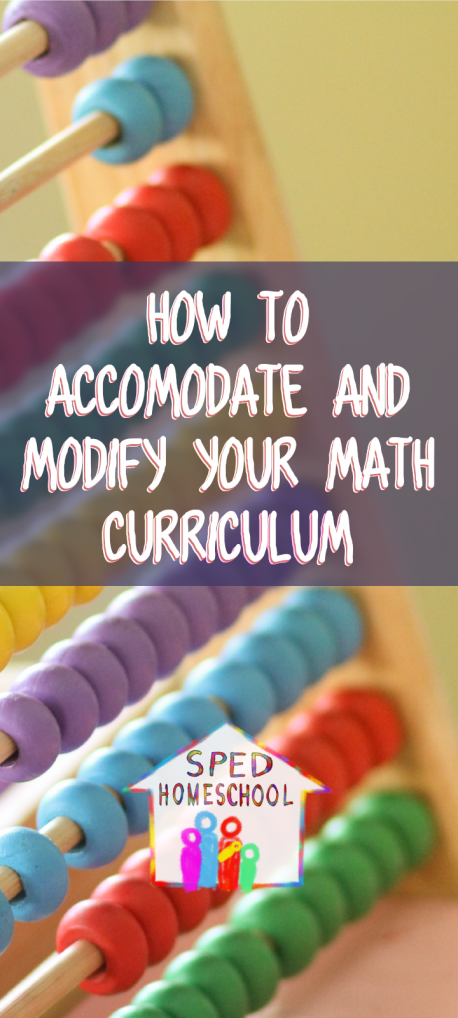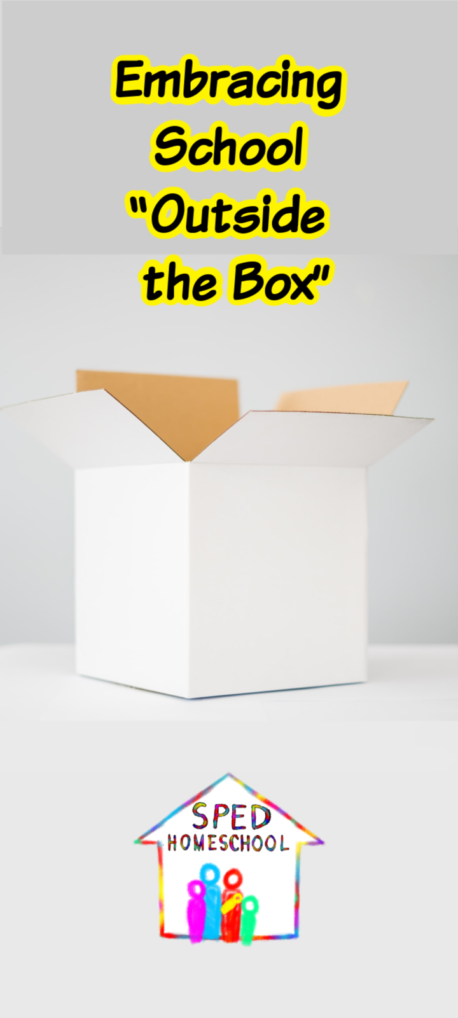
When my mom began homeschooling me, there were only a handful of homeschool curriculum choices available. Now, 30+ years later as I’m homeschooling my own three kids, homeschool curriculum choices fill huge convention centers and flood the internet. While all those choices provide a fantastic opportunity for customized learning, those same choices also lead to a lot of anxiety. What if I make the “wrong choice”? Where do I even begin? What if my homeschool curriculum choice makes our learning challenges even worse? Though there may be no way to eliminate all of our fears, there are a few tips for conquering our fears about homeschool curriculum.
Tips for Conquering Your Fears About Homeschool Curriculum
1. Start somewhere. If you are just getting started, there is something to be said for just jumping in. Realistically, you won’t know what you like or don’t like, what you need or don’t need until you’ve been homeschooling for awhile. Most homeschool curriculum choices will cover what needs to be covered. Just choose one and jump in. If it helps, plan for your first year to be a year of experimenting: trying out different approaches, teaching styles, and learning methods. Take notes. Keep a journal of what you like and don’t like.
2. Remember there is no perfect curriculum. Most of our fears about homeschool curriculum stem from this one myth: that the perfect curriculum is out there somewhere, and it’s our job to find it. Like a needle in haystack we try different products, always hoping for that elusive “perfect one” that will meet all of our needs and expectations. It doesn’t exist. Every homeschool curriculum choice has pros and cons. Instead, find a curriculum that has most of what you love and make adjustments along the way when things aren’t ideal.
3. Approach curriculum choices with a growth mindset. A fixed mindset sees failure as the end, but a growth mindset sees failure as a single step in the learning process. Even the “wrong” curriculum teaches us something. If you’ve purchased a homeschool curriculum that is absolutely the wrong fit for you and your family, you’ve learned something about yourself, about your child, about your family, about what your priorities and most urgent needs are. Every decision you make, for better or for worse, teaches you something about yourself and about your child. Learning these things is not a failure; it’s an important part of growth.
4. View curriculum as a tool, not a master. You teach your child, not a curriculum. You lead, and the curriculum follows. You create the IEP goals and select the best tools to help you meet those goals. Curriculum is simply one tool in your homeschool toolbox.
5. Don’t expect a curriculum to solve your problems. Your homeschool curriculum choice may help you to create some fun learning memories with your child. It may lead you on great adventures and help your child to overcome some of her challenges. But we can’t expect one product, one therapy, or one person to be the final solution. Only God can meet our needs in that way, and He is sovereign over every choice and circumstance, capable of using it all for our good and His glory. Your homeschool curriculum decision cannot thwart His plan for your child or for your family. But He will use both the best and the worst of your homeschool year to shape you and your child into His image.
How do we conquer our fears about homeschool curriculum choices? We realize that no decision is final, no failure is permanent, no choice can overturn God’s good plan. When we trust Him for the outcome, any homeschool curriculum can be the right one. We’ve just got to take the first step and keep moving forward.

